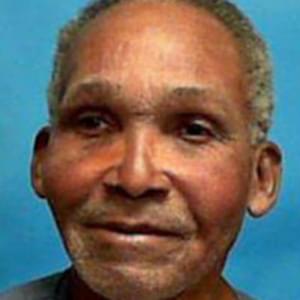In a recent Washington Post column, Richard Cohen compared the deep objections voiced by many Americans after the U.S. Supreme Court ruled that communities can condemn property in distressed areas to make way for economic development to the tepid reaction to strong evidence that a Missouri man may have been wrongly executed for a crime he did not commit. Cohen, noting that it seems “far easier for the government to wrongfully take a life than a parcel of run-down real estate,” wrote:
The city of New London, Conn., narrowly (5 to 4) won the right last month from the Supreme Court to condemn a parcel of land in a distressed part of the town to make way for economic development. The ruling has generated a tsunami of objection and an effort in many states and localities to have its effects undone … .
At the same time, in a far different area of the law, authorities are wondering if two men long ago convicted of murder might be innocent. This has generated almost no interest, no nationwide protest movement, suggesting that in this country it is far easier for the government to wrongfully take a life than a parcel of run-down real estate. Is this a great country or what?
…
Since 1973, 119 people have walked off death row, exonerated by DNA or evidence, according to the Death Penalty Information Center. Had the wheels of justice turned as swiftly as the hang ‘em high crowd would have liked, some of those people would exist in memory only and we would console ourselves that they were probably guilty of something — or why else would the cops have been on to them. The logic is fiercely circular.
Now, though, we have two such cases and they are worth pondering for a number of reasons. The first involves Olmado Hidalgo, a New York City man who was convicted 13 years ago of murder — on what the district attorney’s office now concedes was weak evidence. The authorities are not saying that Hidalgo is innocent. But to their credit, they are now saying that some new evidence has surfaced that gives everyone pause. Lucky for Hidalgo that he was not convicted in another state where justice is swifter — if somewhat less certain.
The other case involves the late Larry Griffin, who was executed by Missouri in 1995 for a drive-by shooting. The main witness against him, now dead, turns out to have had a pliable memory and an ugly résumé. He was a career criminal and drug addict who happened to be facing serious felony charges at the time. After he usefully turned witness to the murder, he got to walk. Lucky man.
…
Both the Griffin and Hidalgo cases are important for what they lack — DNA evidence. In this, they are typical. The victims were both shot at a distance: no DNA evidence. This is often the case. In the average crime, there is no exchange of body fluids (as in rape) and no tissue under the victim’s fingernails or anything like that. DNA testing has done wonders — both in getting convictions and in exonerating the innocent. But it cannot be used where it is not a factor. For that reason, capital punishment remains fraught with the possibility of injustice.
(Washington Post, July 26, 2005). See Innocence.




